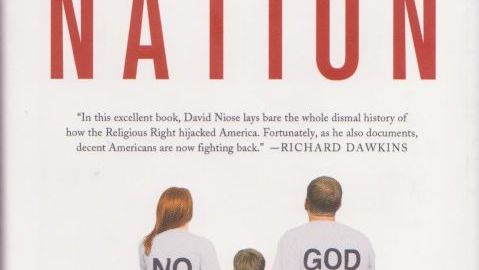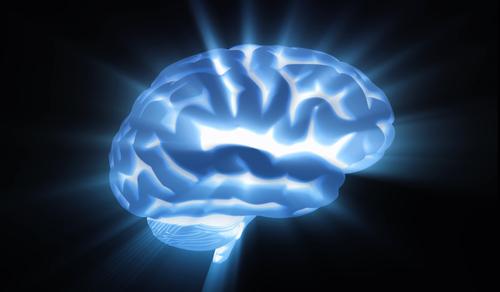Book Review: Nonbeliever Nation

Summary: A solid, informative history of the rise of the American secular movement.
Books like Jennifer Michael Hecht’s Doubt: A History or Susan Jacoby’s Freethinkers show how brave nonbelievers have always existed, even in theocratic societies that were implacably hostile to their views. In most cases, persecution prevented those isolated sparks from joining together into a brighter light. But what happens when they do join together? In the past two decades, observers of American politics have begun to find out. That transformation is the subject of Nonbeliever Nation, a fine new book by American Humanist Association president David Niose, about the history of what’s being called the modern secular movement.
Niose begins by showing that secularism was once an accepted feature of American politics, to a degree that would surprise anyone who’s familiar with the oversized voice and influence of the religious right today. For example, in the presidential campaign of 1912, all four candidates – Theodore Roosevelt, Woodrow Wilson, William Howard Taft, and Eugene Debs – expressed sentiments that would be unimaginable in a modern campaign. Wilson, the most religious of the four, said that “of course” he accepted evolution, adding, “It surprises me that at this late date such questions should be raised.” For his part, Roosevelt the naturalist publicly praised Darwin and Huxley, Taft wrote that he didn’t believe in the divinity of Christ, and the socialist Debs was outright critical of organized religion, saying, “I don’t know of any crime that the oppressors and their hirelings have not proven by the Bible.”
How did we get from this to the degraded state of our politics today, where candidates must pander to the most ignorant religious views? It’s a surprisingly recent development: Niose chronicles the last few decades of American history, the period roughly since the 1970s, when the movement now known as the religious right rose to prominence. By combining regressive biblical literalism with well-funded social conservatism, coupled with a fierce dedication to grassroots political organization, the religious right became a political juggernaut of surprising and unanticipated strength. Political commentators who considered fundamentalism a fringe phenomenon consistently underestimated the strength of the religious right, and repeatedly and incorrectly forecast that it would be a passing fad. Instead, it’s completely conquered the Republican party and, it’s safe to say, is now one of the driving forces in American politics. In Niose’s view, the presidency of George W. Bush was the crystallizing moment, showcasing both the disastrous anti-intellectualism and the frightening political power of the religious right.
But the success of the religious right, almost like a viral invasion leading to the formation of an antibody, has provoked a response. In the last two decades, the American secular movement has quietly been gaining numbers and strength – partly as a reaction, no doubt, to the oppressive and intrusive religiosity let loose. Niose writes about the largely under-the-radar, but historically unprecedented, growth of nonreligious Americans, and the efforts we’ve invested in both political lobbying and community building, both of which are now bearing fruit. As an insider who was present from the beginning, he’s well-placed to write about some of the political wrangling that gripped the movement at its inception – like the unbelievable-in-retrospect fact that the American Humanist Association, one of the largest and oldest atheist groups, initially refused to join the newly formed Secular Coalition for America because the AHA’s leaders didn’t believe they should be engaging in political activism.
Now that those early hurdles have been surmounted, the future looks brighter for atheist Americans. Niose spends several chapters discussing the strategy we as a movement should adopt: emphasizing identity both as a legal argument and as a way to win wider cultural sympathy, building community so that people aren’t tempted to drift back into religious institutions to mark major life changes, and increasing our reach with organizing at the high school and college level through groups like the Secular Student Alliance. He also recounts the nonreligious approach to morality and the secular heritage of America that the religious right has done so much to distort or downplay.
As Niose puts it, the rise of the secular movement is “reason for hope and hope for reason”. Just as racial and gender justice were in many ways the defining political struggle of the 20th century, he suggests that religiously motivated political extremism in all its manifestations will be a defining issue of the 21st. From anti-gay bigotry, to attacks on reproductive rights and sexual freedom, to climate change, to religious assaults on science textbooks and the value of education in general, no one is better placed than the secular movement either to appreciate the threat the religious right poses or to effectively counter them. We have a long way left to go before an outspoken atheist would stand a chance of being elected president, but even so, we can do much good in the meantime in a political landscape that badly needs a dose of the values we represent.
Daylight Atheism: The Book is now available! Click here for reviews and ordering information.





